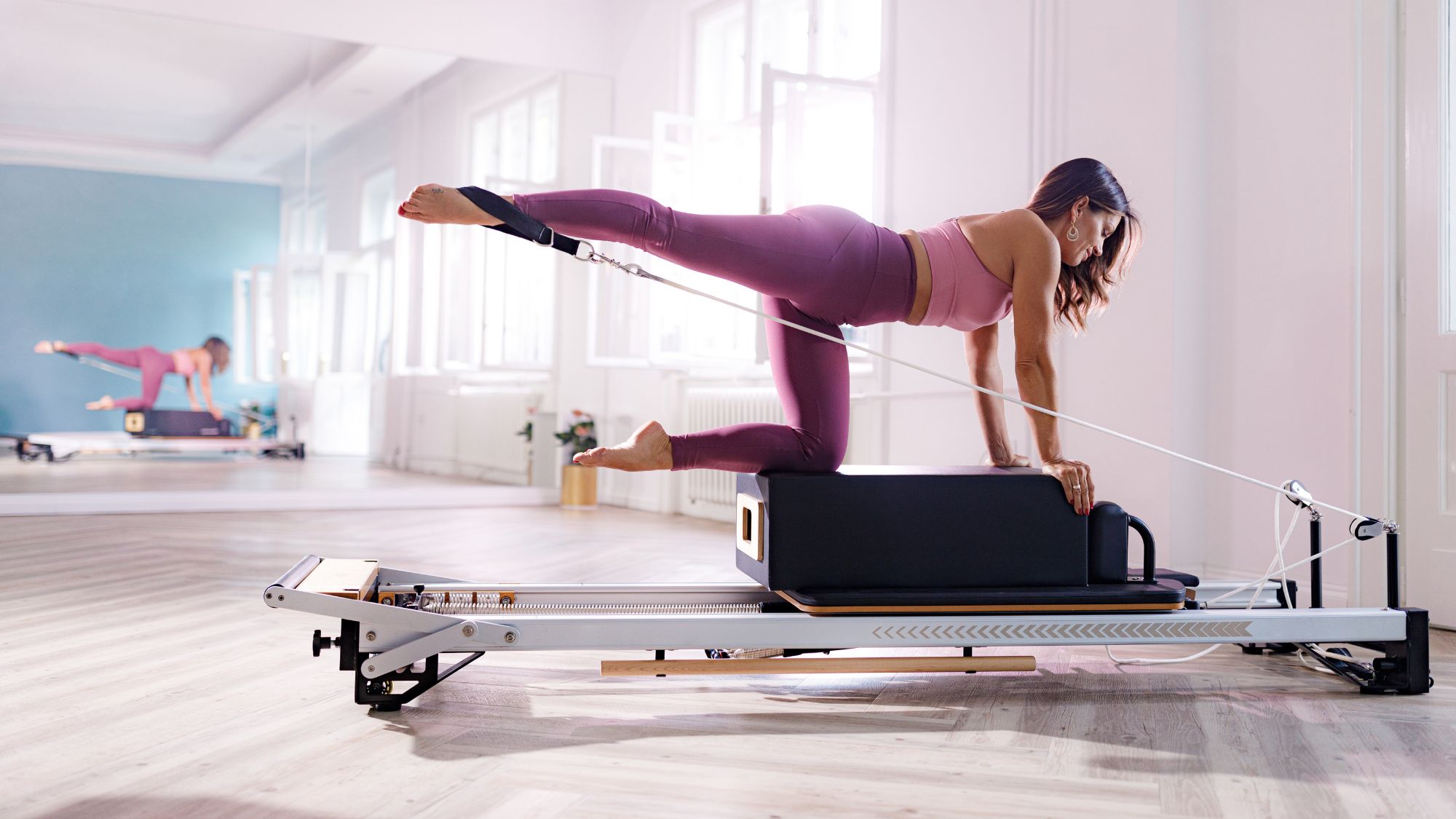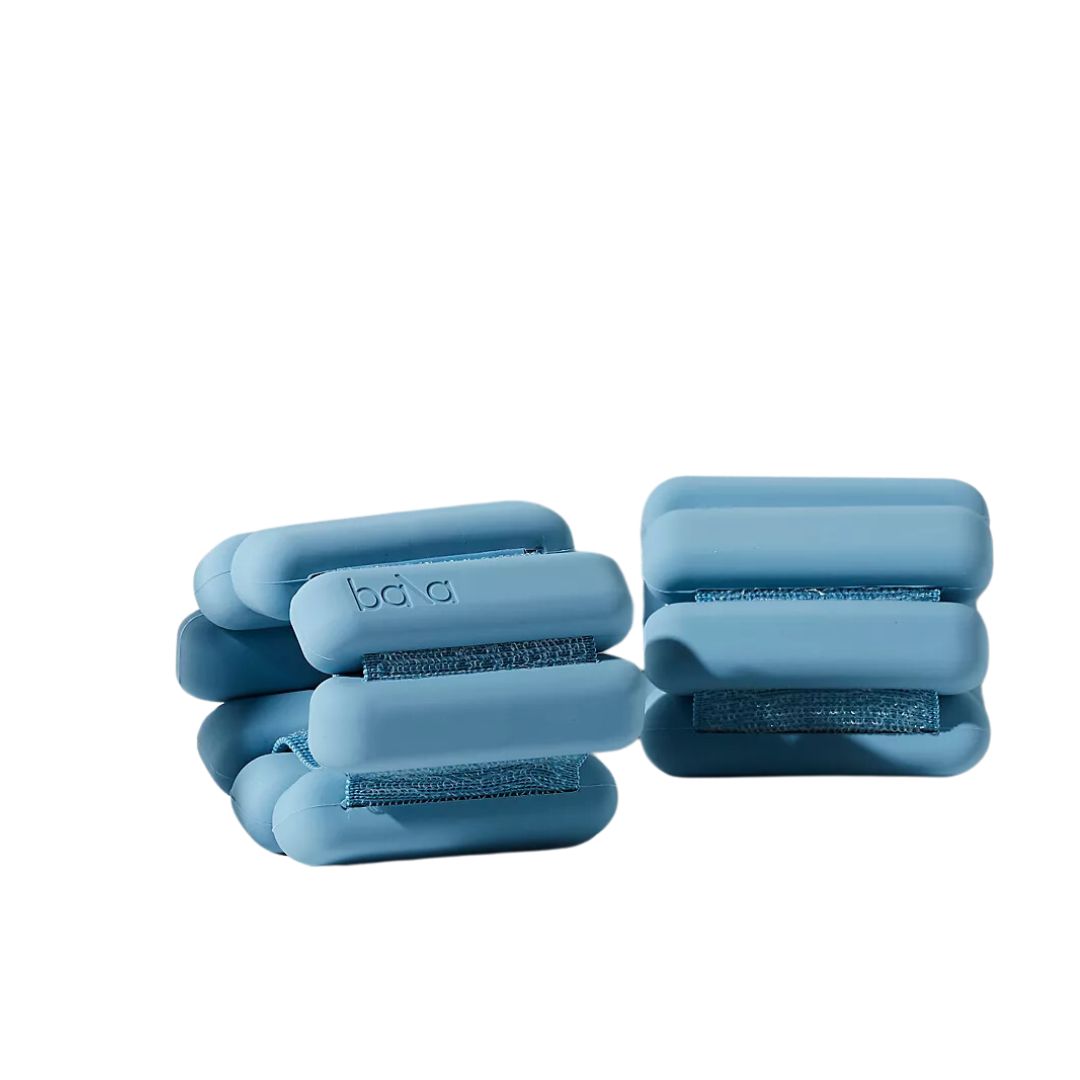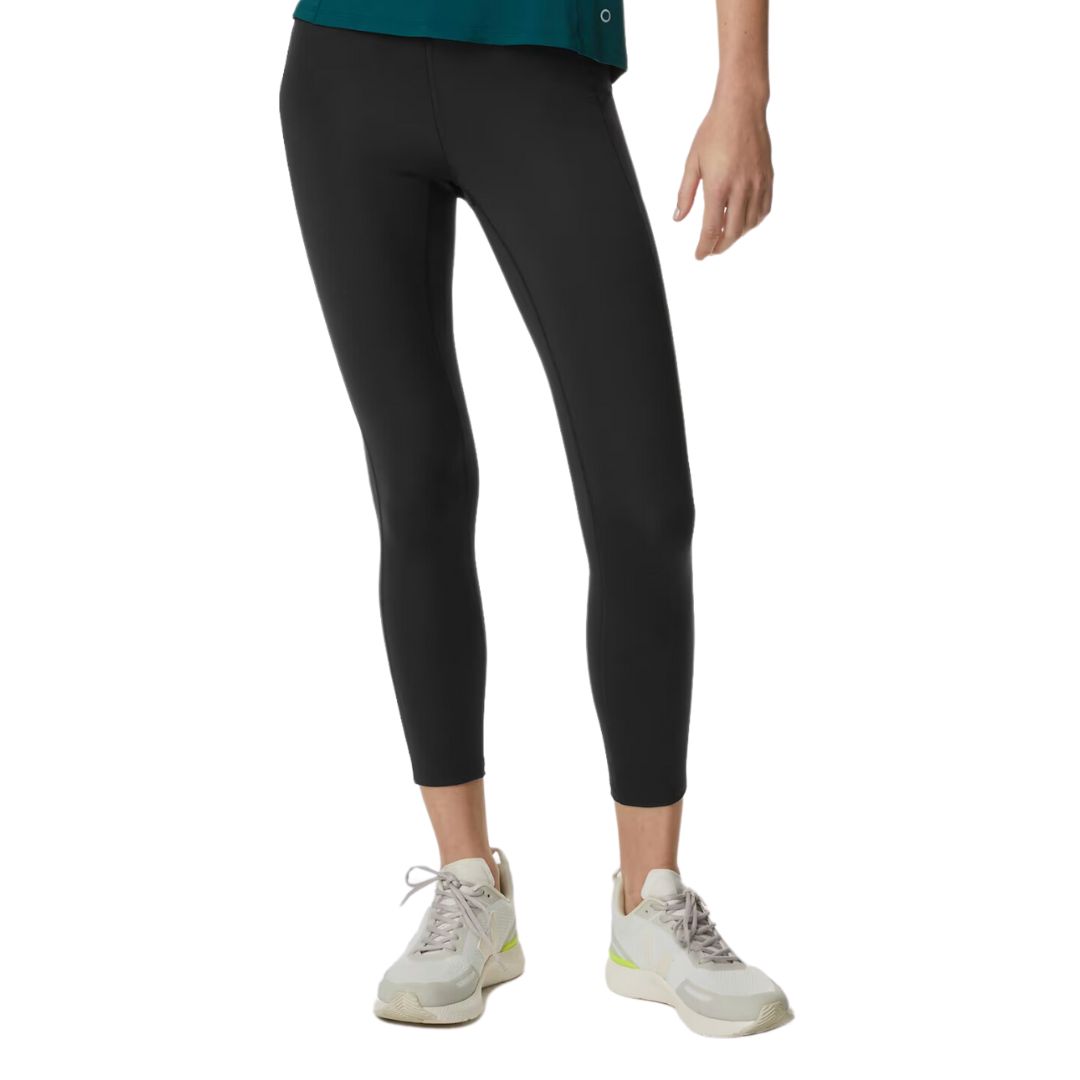Ready to up the ante? Discover the best intermediate Pilates exercises to do at home to stop your progress from plateauing
All expert-approved.


If you’re craving some more intensity in your classes or you just want to challenge your body in new ways, the best intermediate Pilates exercises can help you level up your workout tenfold.
Boasting all the brilliant science-backed benefits of Pilates — just like any other mat Pilates workout — an intermediate sesh can be done any time, any place. All you really need is an exercise mat and enough space to superman, squat pulse and clamshell in.
That's because, no matter whether you're reading up about Pilates for beginners or you're adding the most advanced Pilates exercises to your flows, according to experts, this low-impact-but-high-in-results type of workout can be modified to what your body and mind needs. “Pilates moves can be modified from beginner to intermediate with slight adjustments,” Maia Henry, strength and Pilates coach at the fitness app Ladder, explains. “We can modify these moves to make them more advanced by adding pulses or holding certain poses in peak spots longer than 30 seconds.”
So what's the difference between a beginner Pilates class and an intermediate session? “Intermediate Pilates is where things get a bit more dynamic,” Lottie Anderson, Founder of Bondi Rise says. “Expect quicker transitions, more balance work, and exercises that push your endurance and core strength. It’s all about elevating what you’ve learned and making it flow!”.
Of course, it’s no news that Pilates is still doing the rounds on the health and wellness stage. As of September 2024, the #Pilates has racked up a healthy 263 million posts on TikTok, while Google shows there have been 100,000 to one million searches for Pilates in the space of a month alone.
If you're searching for Pilates and keen to progress, not plateau, we spoke to top coaches to find out the best intermediate moves and step-by-step guidance on how to do them. We've also done all the research and found the best ankle weights, wrist weights and Pilates rings to help you dial up the resistance. Or, if you’re unsure on whether you’re ready to up the ante, discover the best Pilates moves for beginners.
8 best intermediate Pilates exercises to do at home, according to coaches
What are Pilates exercises?
You’ve probably heard the phrase bandied about. But put simply: “Pilates exercises strengthen the core and body through controlled movements, with a focus on everything from strength and flexibility to mobility,” Anderson says.
Celebrity news, beauty, fashion advice, and fascinating features, delivered straight to your inbox!
When Pilates was first created in the 20th century (back when it was called Contrology) it was made up of just 34 classic mat moves. But one century later, there are now hundreds of variations of Pilates exercises. “Even a simple lunge can turn into a Pilates move,” Pilates pro Henry notes.
Why are Pilates exercises so effective?
"Pilates targets the entire body,” Anderson explains. “Especially those hard-to-reach muscles you don’t always hit in other workouts. It’s amazing for building core strength and improving mobility—all without putting stress on your joints. Plus, Pilates is super functional, which means it helps you move better in everyday life.”
But along with being a full-body workout, this low-impact movement is also a mind-body exercise. So it requires concentration and focus as you perform simple movements that engage your core, both small and large muscle fibres, and your mind. “It’s rare to have all of those elements in one workout,” Henry says. ”Pilates teaches you control, the power of your mind and muscle connection and how to feel an exercise and embrace that burn you feel rather than running away from it.” So it’s no wonder it’s outstretching other forms of fitness right now.
What are the best intermediate Pilates exercises?
It’s worth noting that the best intermediate Pilates exercises might look different to everybody. “I tend to not use the terms ‘beginner’ and ‘intermediate’ as everyone will be starting at a different place (whether someone was an athlete, or has done other forms of movement, or has suffered from an injury),” Nat Kunz, a dynamic Pilates teacher at Sāmya Studios explains. “And every time you show up on your mat you can feel different,” the expert notes.
That said, there are always a number of progressions (more challenging takes of the exercise) and regressions (easier adaptations of the movement) given in a class. So it’s down to you and your body to decide what variation you take depending on how easy or difficult the move feels. Remember: “Pilates is about tuning into your own body, listening to both the cues of the teacher and your body,” Kunz adds.
You might be wondering: how do you know when you’re ready to progress to a harder exercise or variation? “You’ll feel it,” Anderson answers. “When you’re no longer needing as many modifications, or you’re feeling like you could take on a bit more intensity or challenge, that’s your cue. Once you have solid control over your core and can flow through basic exercises confidently, you’re ready to level up.” Got it!
Any Pilates exercises to avoid, as a beginner?
If you’re new to Pilates, consider attending a beginner Pilates class to learn the right form and trying out the best beginner Pilates moves so you can master the basics.
“Avoid anything that requires too much balance or advanced core control right away, — think Teasers and advanced planks ” Anderson adds. “Start with simpler moves until you’ve built a strong foundation, and then work your way up,” she says.
While Kunz says everybody and every body is different. So one person’s ‘hard’ might be another person’s ‘easy’. So her advice? Listen to your body. “We all have strengths and weaknesses, but we aren’t equal in them. My advice is to try the exercise out, and your body will tell you what it shouldn’t be doing.”
3 top tips for starting Pilates, if you're new to the workout
We’ve said it before and we’ll say it again: if practised properly, Mat Pilates can absolutely deliver studio-worthy results from home.
But there are a few tips worth bearing in mind to help you hone your form before you progress your practice to the next level.
- Use that mind-muscle connection. “Stay focused on the muscle groups you're working on during the exercises and never rush through them,” Henry says.
- Work on your breath. “Practice aligning your breath with slow and controlled movements before stepping it up to the next level,” Henry adds.
- Go slow and focus on form. “Find a class or instructor that you enjoy, whether in person or online,” Anderson tells us. “And don’t be afraid to modify exercises as needed—listen to your body and make it work for you.”
8 best intermediate Pilates exercises to do at home, according to coaches
1. Bird dogs
What? Starting in a tabletop position, with your shoulders over your hands and your hips above your knees, raise the opposite hand and the opposite leg at the same time.
Why? “These are great for engaging your core while maintaining balance & stability,” Henry says.
How long? 3 sets of 30 seconds each side.
2. Donkey kickbacks
What? Aptly named — donkey kickbacks resemble the animal’s kick. You’ll start in a tabletop position then extend one leg back in a 90-degree position with your foot toward the ceiling and repeat.
Why? “These work your glutes while incorporating that mind-muscle connection to make sure you squeeze the glutes at the top,” Henry says. “This is a great way to activate those small muscle fibres before going into heavy lift sessions!”.
How long? 3 sets of 15 on each leg.
3. Glute Bridge
What? Often referred to as pelvic lifts, glute bridges will see you lie on your back, placing your heels on the floor and raising your back off the ground.
Why? “These are great to work your glutes while also activating your deep core muscles,” Henry says.
How long? 3 sets of 15
4. Side knee to elbow crunch
What? Start by lying on your right side with your right arm supporting your head and your left arm behind your head. Bend your left knee and bring your left elbow towards one another in front of your body. Repeat on the other side.
Why? “This is a full body exercise to work your core and balance at the same time and use your full range of motion,” Henry says.
How long? 3 sets of 15 reps.
5. Squat pulses
What? This is a variation of the bodyweight squat that involves pulsing up and down while in a squat.
Why? “Squat pulses activate your quads and the glutes,” Henry says.
How long? 3 sets of 15 reps.
6. Roll-up
What? This exercise does what it says on the tin. You’ll start off by lying on your back and gradually rolling up into a seated position.
Why? “It strengthens and builds control of the articulation of your spine, works your core, slows you down,” Kunz says. "I think we could all use some of that!”.
How many? 3-10 reps and another exercise to practise every time you get on your mat.
7. The clamshell
What? Resembling the opening and closing motion of a clam shell, lie on your side with your hips and knees stacked on top of each other. Keeping your feet together, lift your top knee towards the ceiling then close and repeat.
Why? “It targets your gluteus medius, which is often underworked and is going to help a lot with stabilising and balance and overall health of your hips,” Kunz explains.
How many? 10-30 reps, a few times a week would be great.
8. Superman
What? This gets its name from the pose a superhero might make when flying through the air. To complete it, you’ll be lying on your front with your legs and arms extended and lifted off the ground.
Why? “An uncomfortable position for many but so important for your posture and building strength in your back,” Kunz says.
How many? 4-6 reps, holding for a few seconds at the top and doing it a few times a week.
Shop Marie Claire UK's go-to Pilates kit:

Ready to add some weights to your intermediate Pilates practice? If that’s the case, ankle weights are everywhere right now and for good reason. We’re big fans of these Bala bangles which are as aesthetically pleasing as they are effective.

Helping to increase flexibility, a Pilates ball can also help you up the ante adding some balance work and extra resistance to your exercises.
What is considered intermediate Pilates?
“Moves that incorporate more balance and add weight into beginner moves can be considered intermediate,” Maia Henry, Pilates and strength coach at fitness app Ladder, explains. “Beginners should practise engaging their core, mastering their form, going slow and maintaining controlled breathwork to the movement before advancing themselves into more intermediate exercises.”
For the best Pilates exercises for beginners, check out the moves pros say are the perfect place for newbies to start. Or, if you’re looking for harder exercises, experts confirm these are the 7 most advanced Pilates exercises to help you build strength, balance and tone.

Rebecca, or Becks, is a freelance journalist with more than ten years of experience in the industry. She specialises in all things health and lifestyle and has written for a number of brands including Women's Health, Stylist, the Evening Standard, Good Housekeeping, The Telegraph, Live Science, Tom's Guide and Fit&Well. Becks also writes copy for a number of brands and small businesses.
When she's not weight training, tracking down the best gym leggings, reading a book or at her desk typing away, you'll find her in the kitchen perfecting a new recipe or bake.








